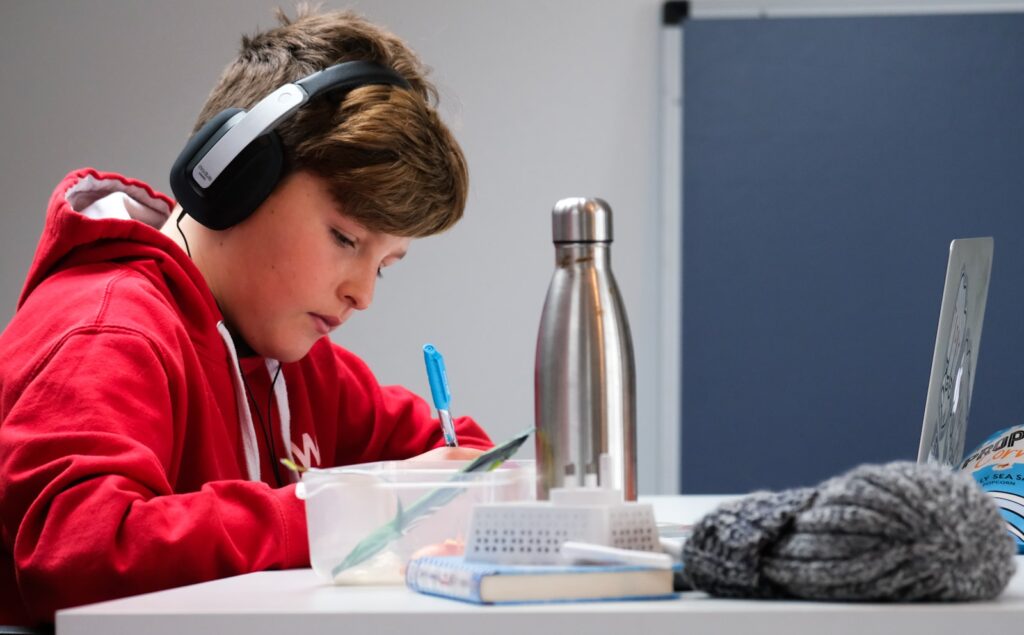In a world where gender roles and behaviors continually evolve, parents are often caught in the middle of encouraging self-expression and protecting their children from potential backlash. Recently, the dialogue around children and gender expression has become more prominent, drawing diverse viewpoints from various sectors of society. This issue became particularly personal for me when my 12-year-old son expressed his desire to wear a dress to school—a choice that challenged my perceptions and fears about societal norms and acceptance.

My son has always had an innovative eye for fashion, mentioning that he wants to blur the lines between traditional male and female clothing in his style. His interest in incorporating dresses and makeup into his wardrobe is a reflection of his creative aspirations in fashion. However, his preference for wearing a dress to school brought me face-to-face with my fears of him being bullied, despite my support for his expressive endeavors.
One morning, to my surprise, he prepared to leave for school dressed in his favorite sundress. Initially, I thought he was merely experimenting at home, but his intention to wear the dress outside made me reconsider. After a heartfelt conversation, where he confirmed his plans, I reluctantly dissuaded him. My decision was driven by the concern of him facing harsh judgments from peers. Although it avoided immediate conflict, it led to a morning filled with tears and a strained drive to school.
This predicament prompted me to seek advice online, where the responses varied significantly. Some argued that I should have let him learn from his own experiences, even if those included being bullied, suggesting that genuine change often comes with challenges. They proposed that support in tough times is more valuable than avoidance of them.
Conversely, others empathized with my protective instincts. They agreed that at such a formative age, it might be premature to expect a child to handle the potential negativity from his peers and that maintaining his emotional well-being was crucial. This situation left me torn between fostering his individuality and shielding him from potential harm, both of which are vital responsibilities of a parent.

The concern for a child’s happiness and safety amid societal judgments is prevalent among parents globally. My experience underscores the delicate balance between encouraging self-expression and providing protection. In reflection, while I continue to support my son’s passion for fashion and individuality, I remain cautious about the societal barriers he might face. It’s a contiunous journey of learning, understanding, and, most importantly, loving unconditionally while navigating these complex social dynamics together.

